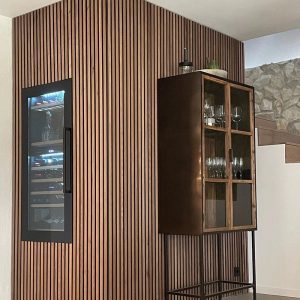ICF Coach Certification: Elevating Professional Coaching Standards
In recent years, coaching has gained significant popularity as individuals and organizations seek guidance to achieve personal and professional goals. As the coaching industry has evolved, so too has the need for standardized qualifications to ensure a high level of professionalism and effectiveness. The International Coach Federation (ICF) Coach Certification stands as the gold standard for coaching professionals worldwide, offering a structured and internationally recognized pathway to becoming a certified coach.
What is ICF Coach Certification?
The ICF Coach Certification is granted by the International Coach Federation, a leading global organization dedicated to promoting the value of coaching. It is designed for coaches who seek to demonstrate their competence and commitment to the profession by adhering to ICF’s rigorous coaching standards. The certification is awarded after completing a formal education program, accumulating a set number of coaching hours, and passing a comprehensive exam. The ICF certification is recognized worldwide, making it a key credential for those looking to pursue a career in coaching.
Types of ICF Coaching Credentials
The ICF offers three levels of credentials to accommodate coaches at various stages of their professional journey:
Associate Certified Coach (ACC) – This is the entry-level certification for coaches who have completed a coach-specific training program and accumulated 100 hours of coaching experience. Coaches pursuing this credential must also pass a written exam and submit a recording of a coaching session for review.
Professional Certified Coach (PCC) – A step up from the ACC, the PCC is for coaches who have completed 125 hours of coach-specific training and gained 500 hours of coaching experience. In addition to the coaching hours, candidates must also submit coaching recordings and demonstrate their expertise in core coaching competencies through a comprehensive exam.
Master Certified Coach (MCC) – The highest level of certification, the MCC is for experienced coaches who have logged 200 hours of coach-specific training and 2,500 hours of coaching experience. The MCC is a prestigious credential, reserved for those who have achieved excellence in their coaching practice and consistently meet the ICF’s high standards.
Why Pursue ICF Certification?
There are several reasons why aspiring coaches choose to pursue ICF certification:
Credibility and Recognition – ICF certification is globally respected and recognized by organizations, clients, and peers. Holding an ICF credential is a clear indication of a coach’s professionalism, experience, and commitment to ethical standards.
Enhanced Coaching Skills – ICF-accredited programs focus not only on developing coaching skills but also on honing a coach’s ability to build strong, trusting relationships with clients. The certification process ensures that coaches have a deep understanding of the essential competencies and tools required for success.
Access to a Global Network – As an ICF-certified coach, individuals gain access to an extensive network of professionals in the coaching community. This can open doors to new opportunities, collaborations, and continued learning, helping coaches stay at the forefront of industry trends and best practices.
Client Trust – Clients seeking professional coaching are more likely to trust a coach who holds a recognized certification. The ICF credential assures potential clients that their coach adheres to industry standards, operates with integrity, and has the necessary skills to help them achieve their goals.
The Certification Process
To become ICF-certified, candidates must complete a coach-specific training program accredited by the ICF. These programs typically include a combination of in-person or online coursework, coaching practice, and mentorship hours. Once the training is complete, candidates must accumulate the required coaching hours and pass an exam that tests their knowledge of coaching principles and core competencies. Afterward, they must submit a recording of a coaching session for evaluation.
Conclusion
ICF Coach Certification offers a proven path to becoming a skilled and respected coaching professional. Whether you’re just beginning your coaching journey or are an experienced practitioner aiming for the highest level of recognition, the ICF certification provides the training, tools, and resources to elevate your coaching practice. By choosing the ICF certification, coaches demonstrate their commitment to lifelong learning and continuous improvement, positioning themselves as trusted partners in helping clients achieve their personal and professional goals.

